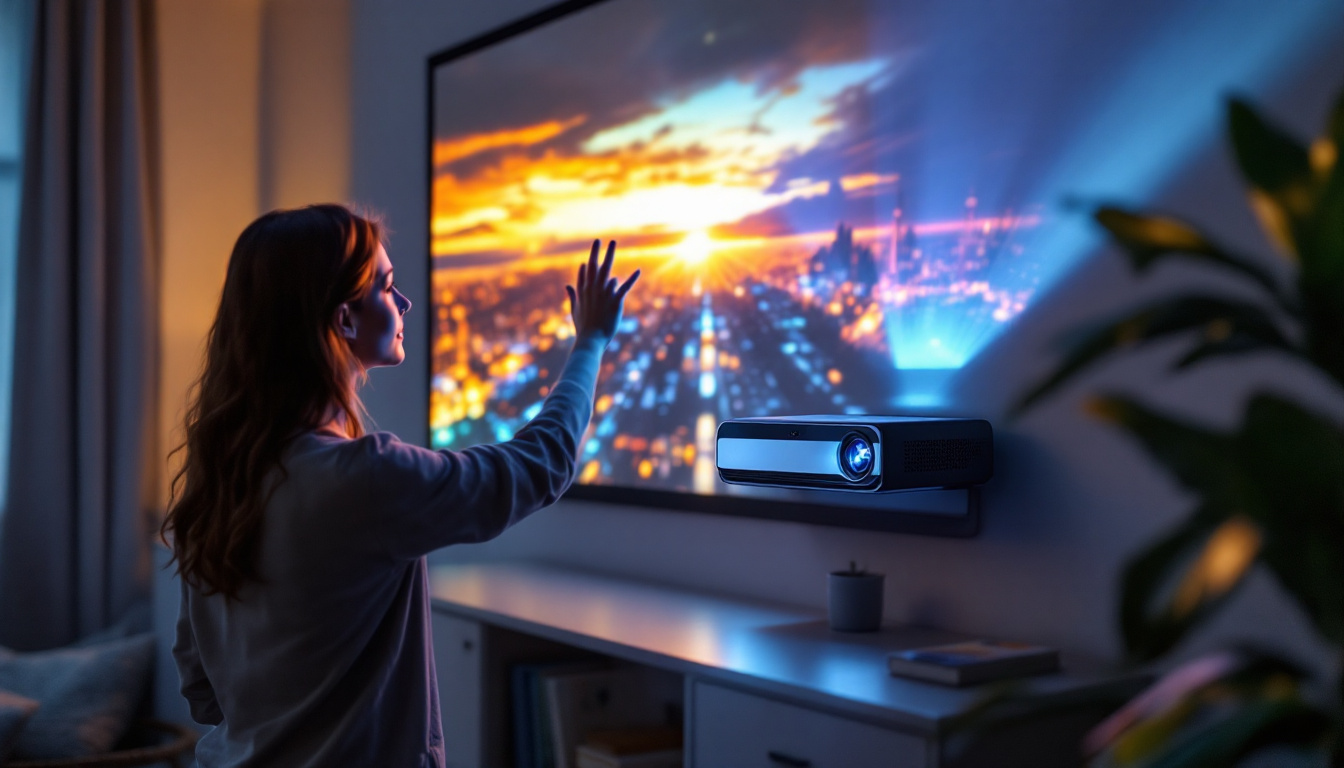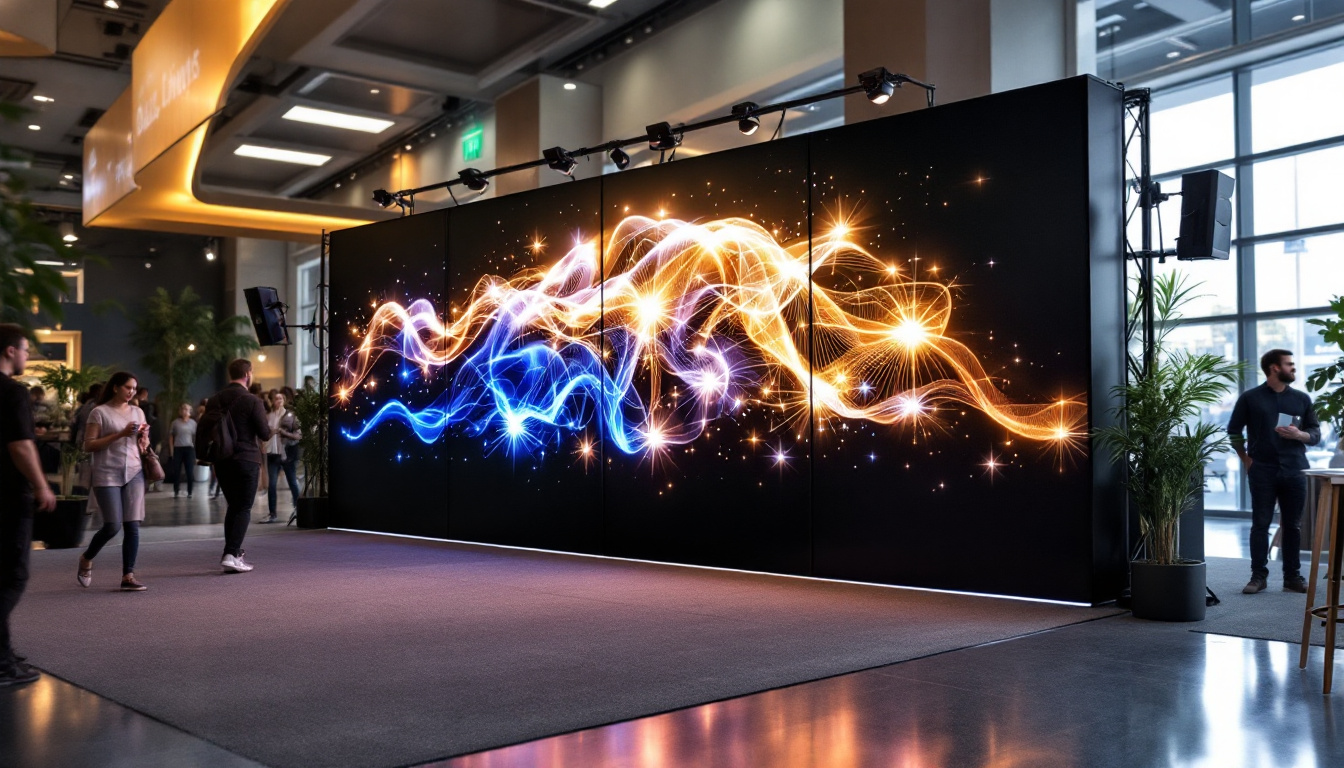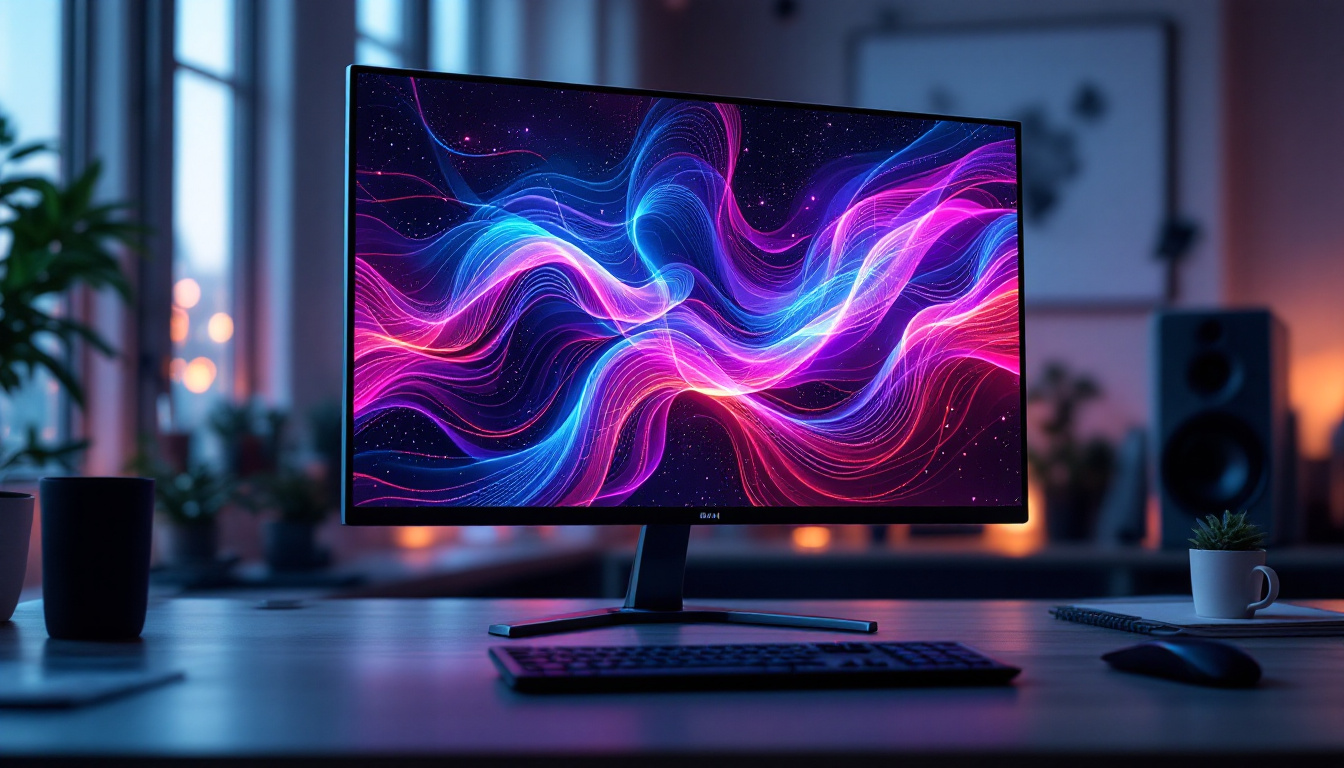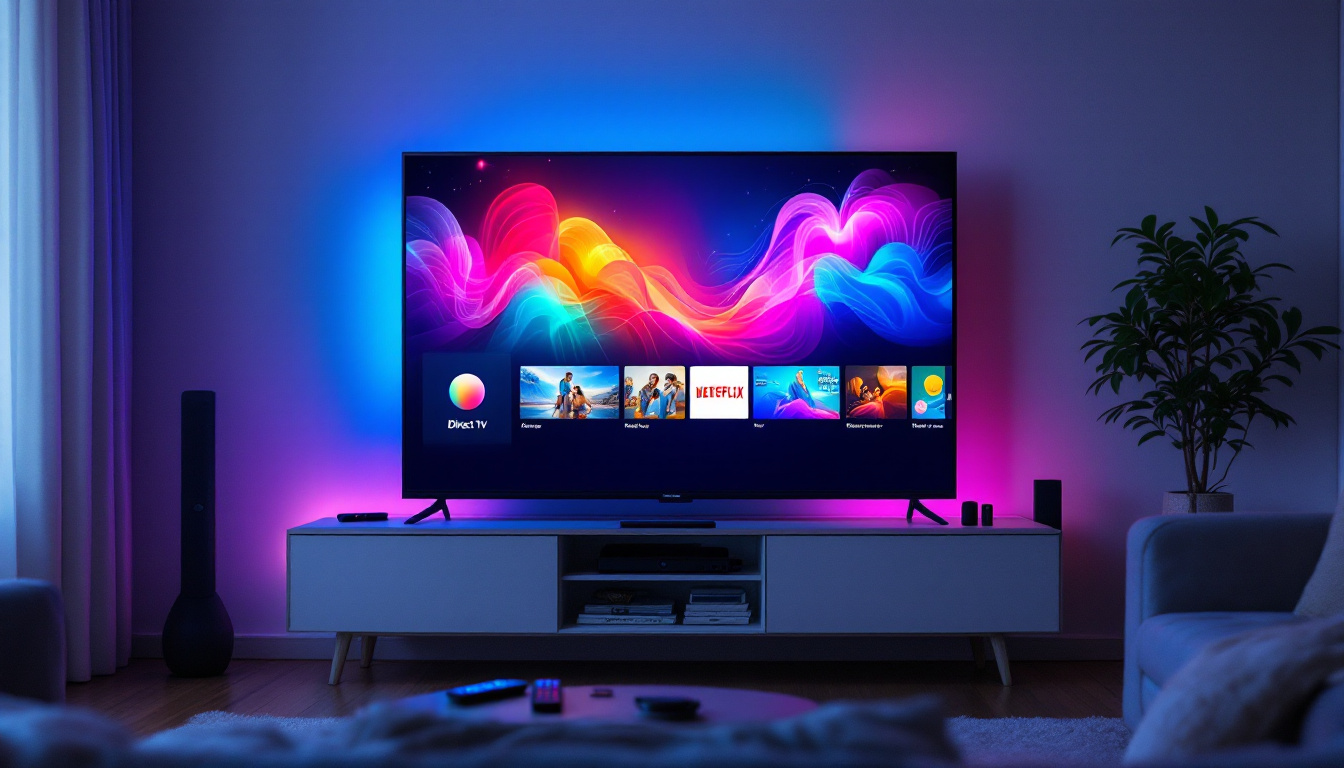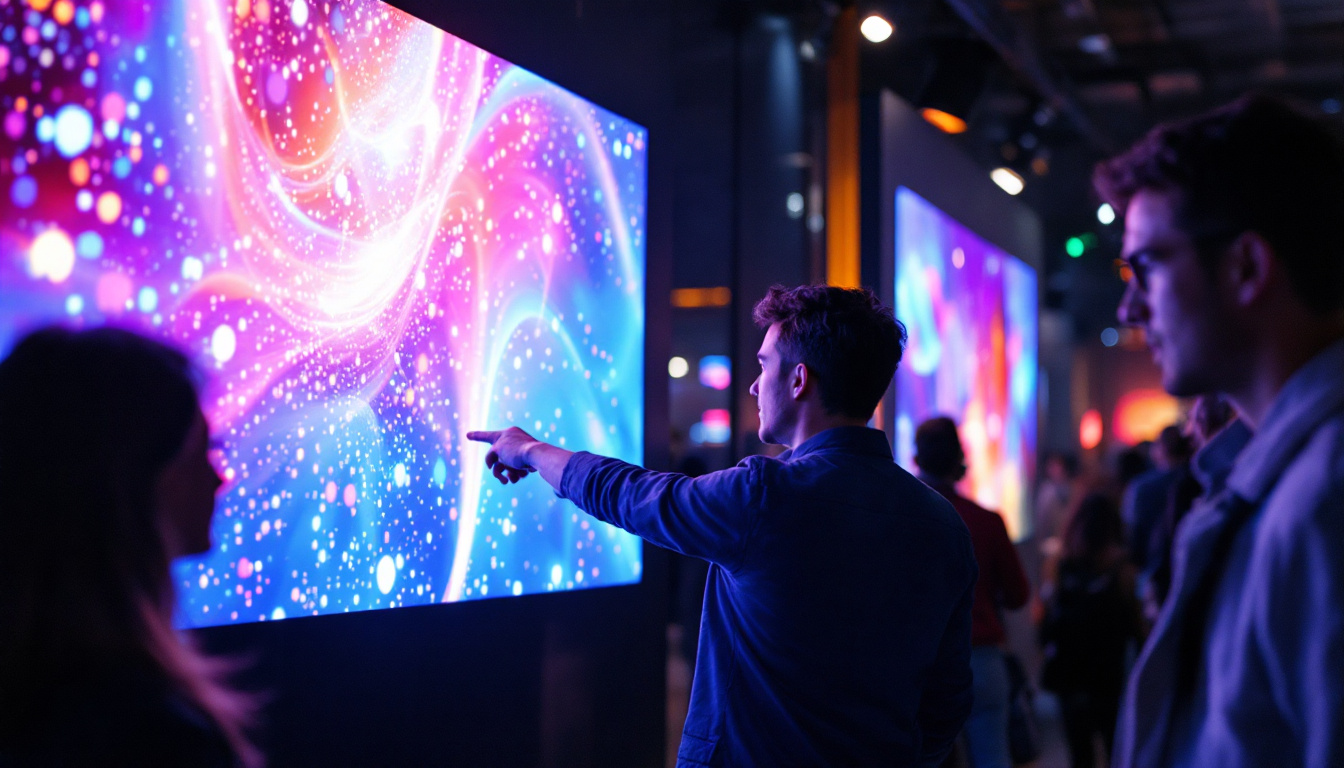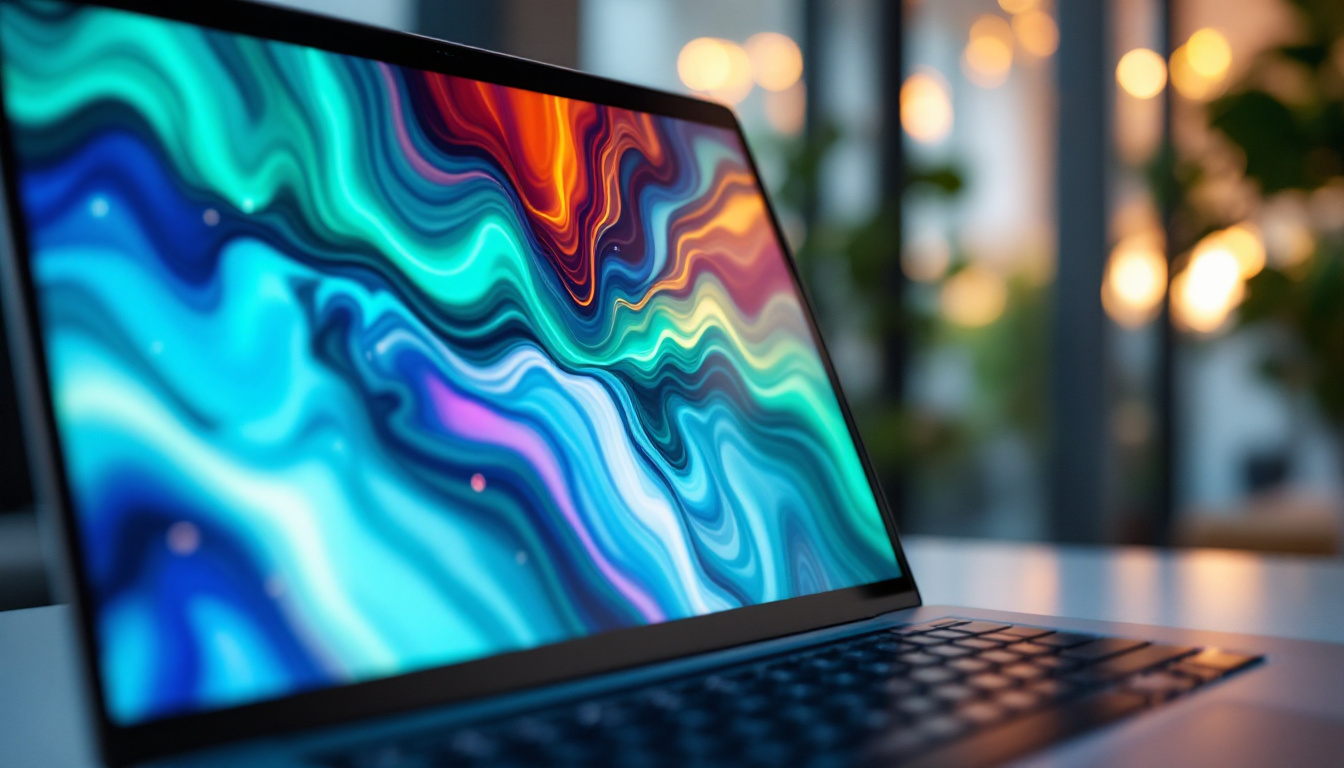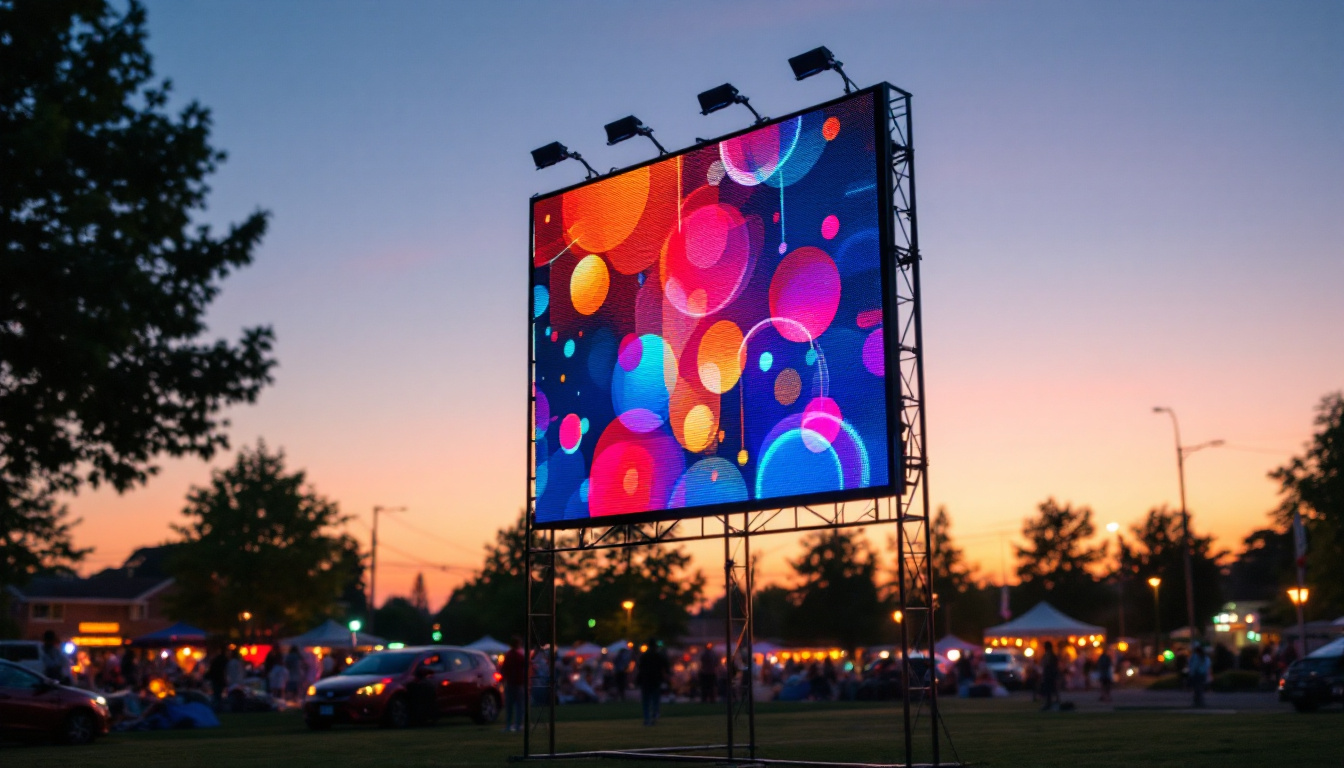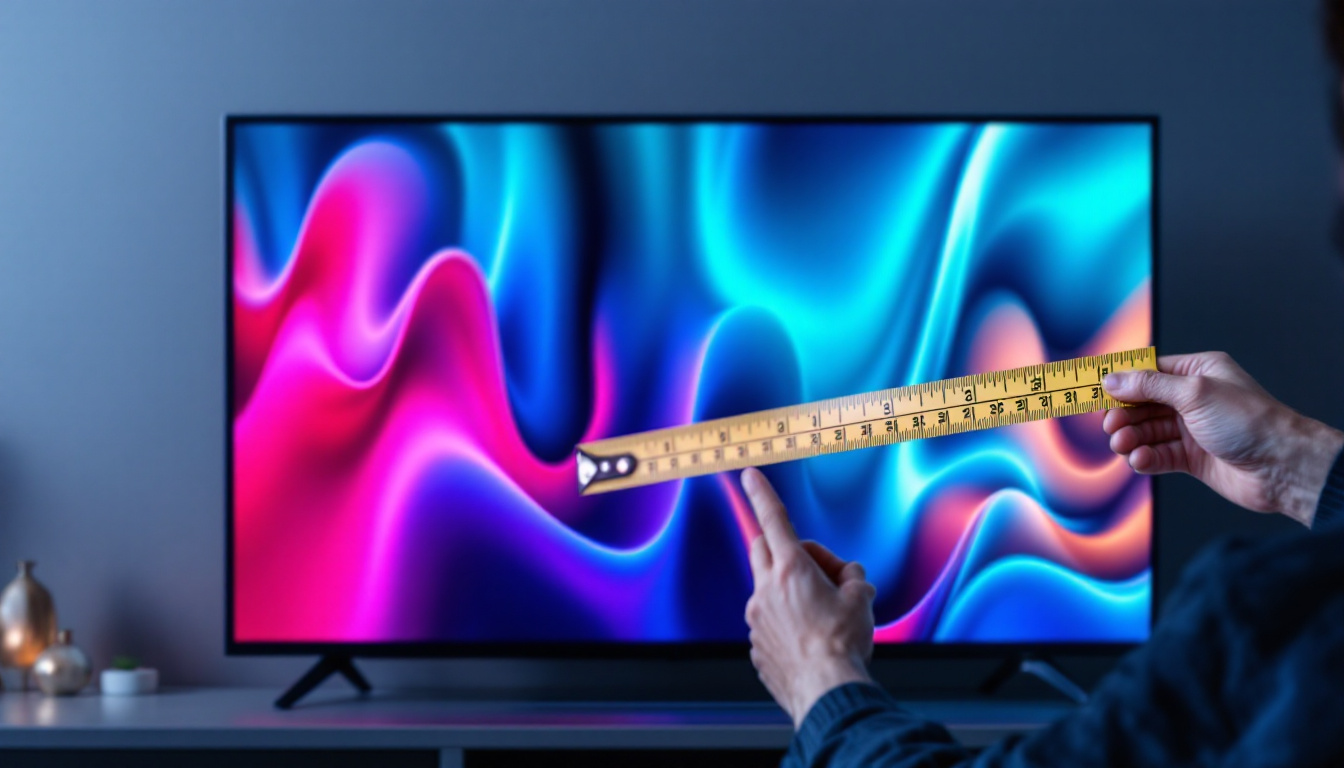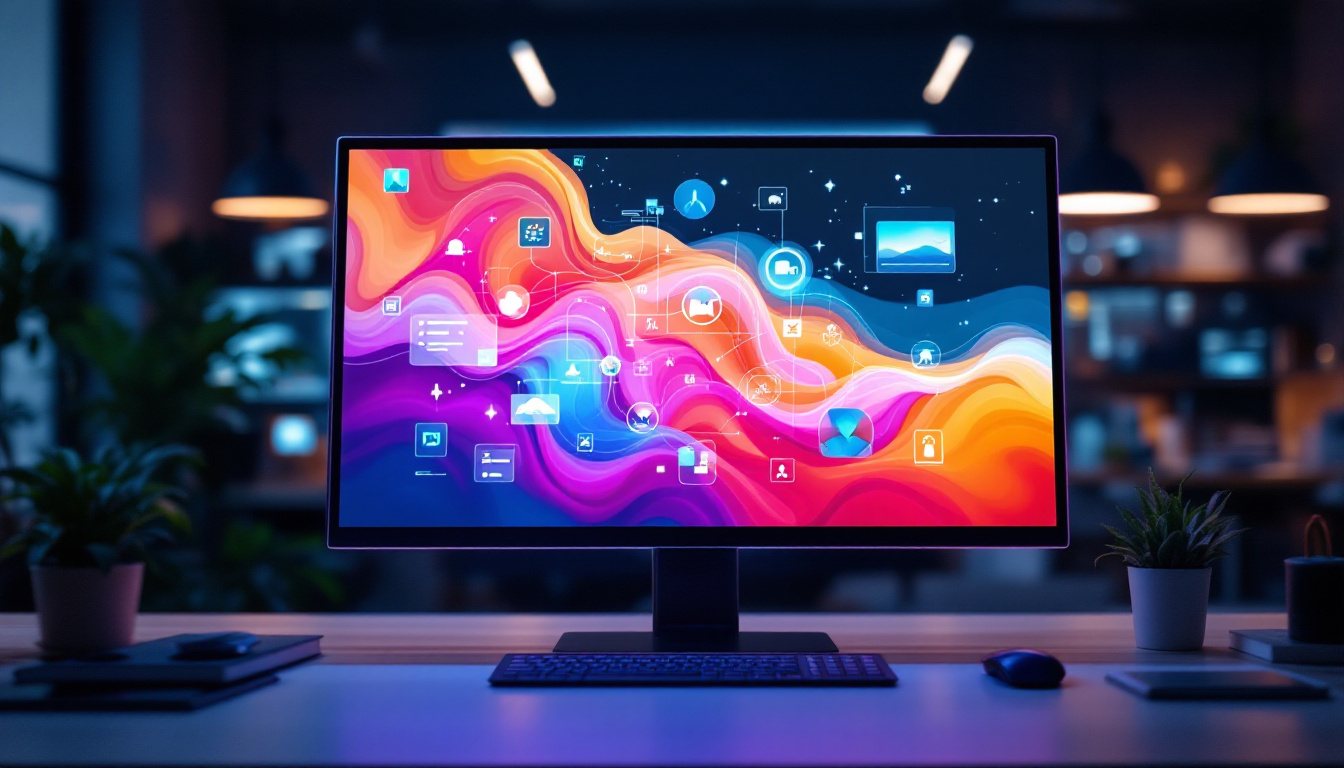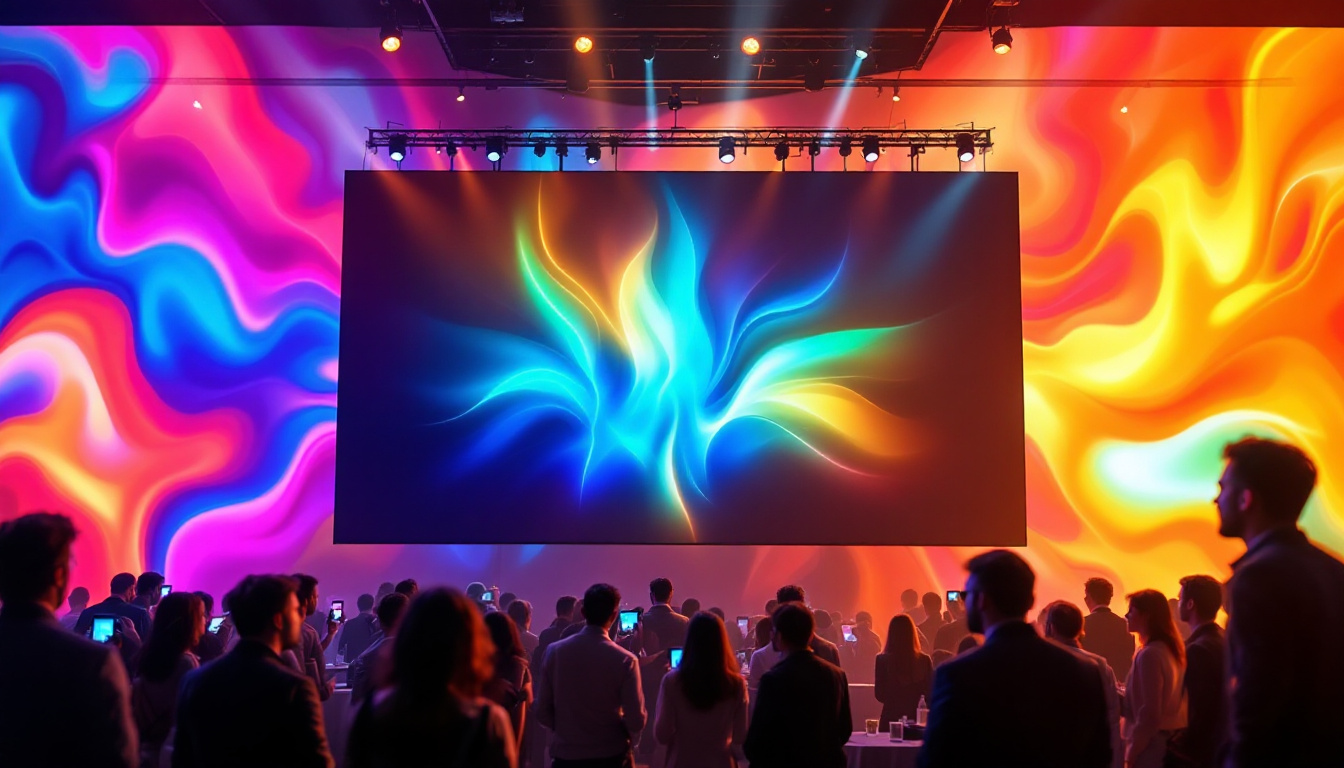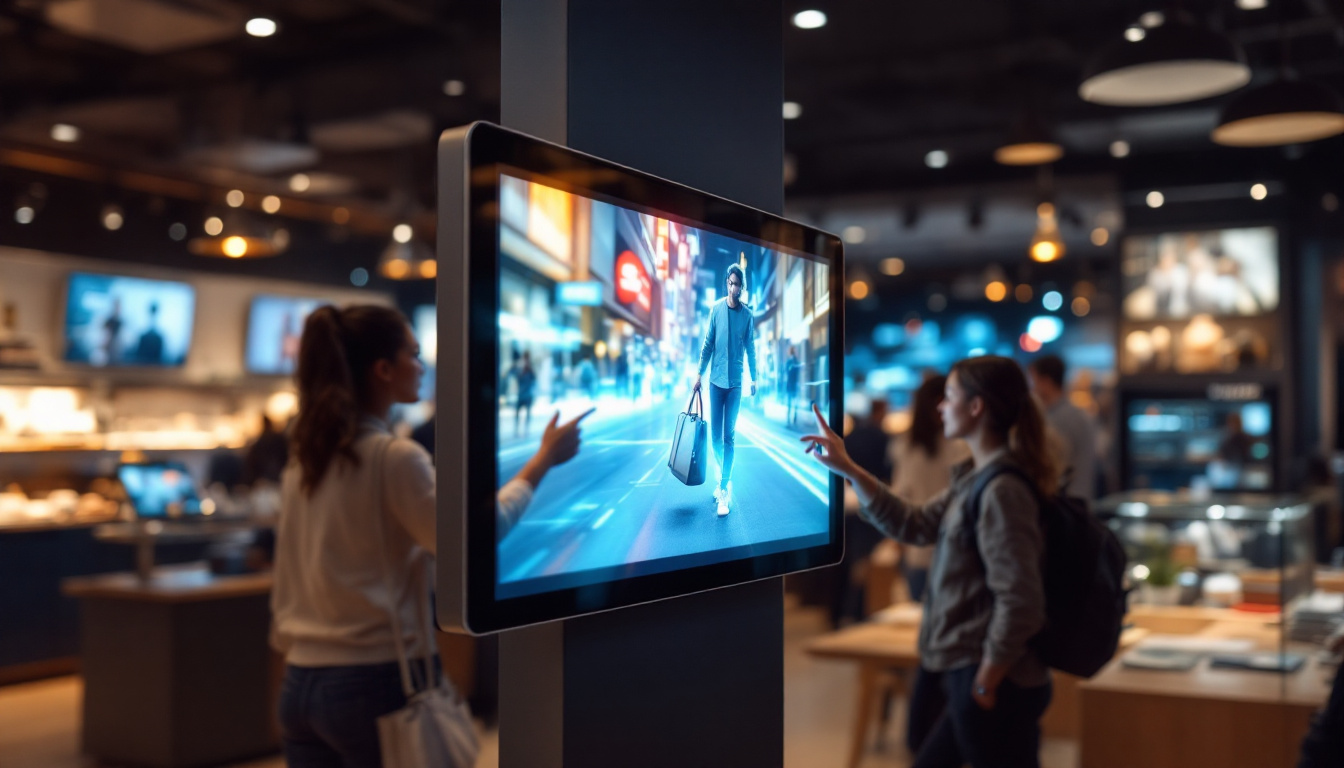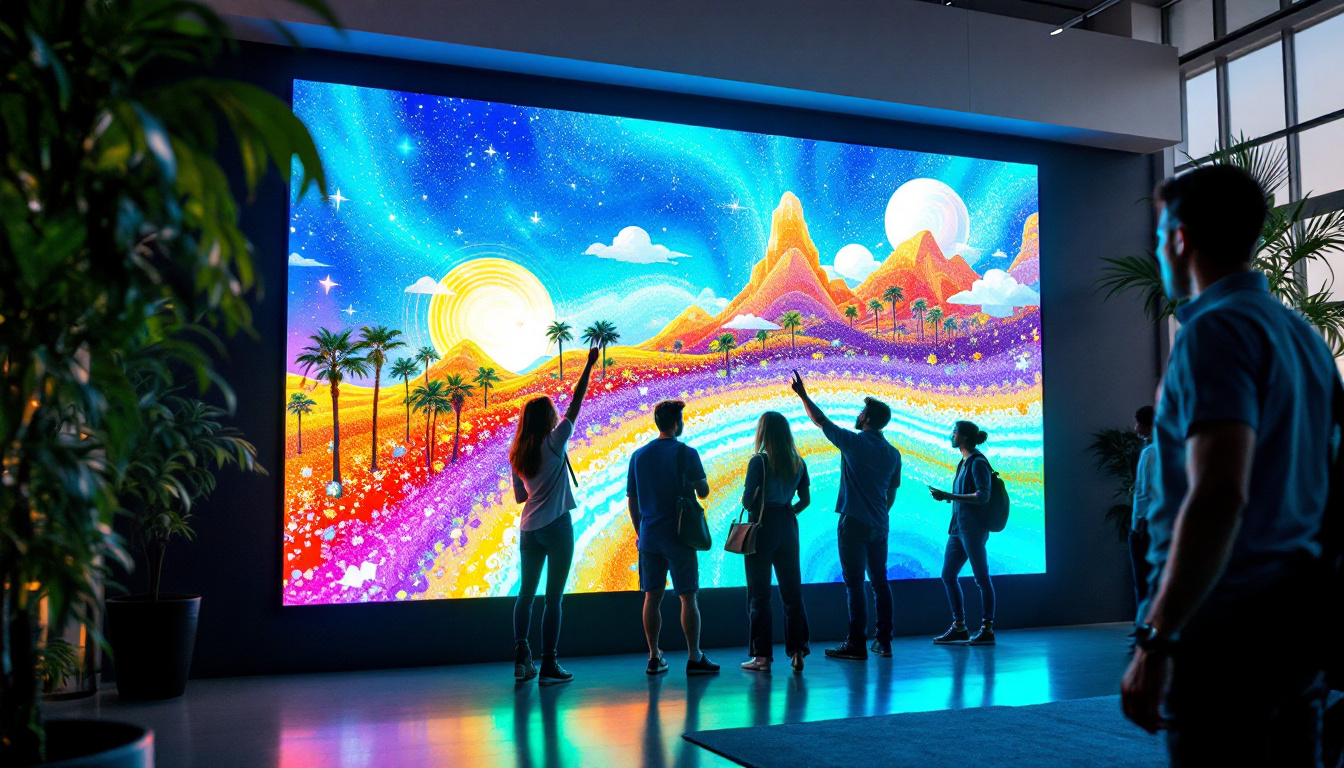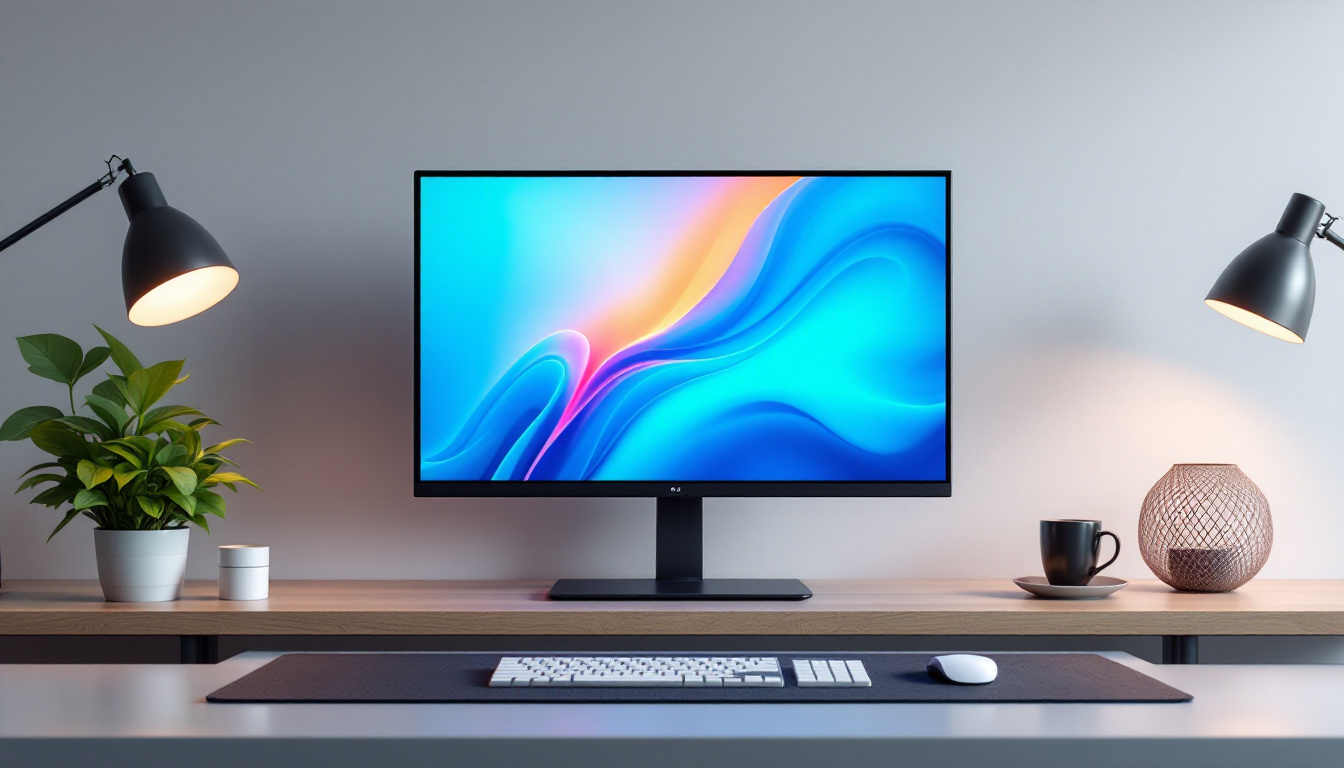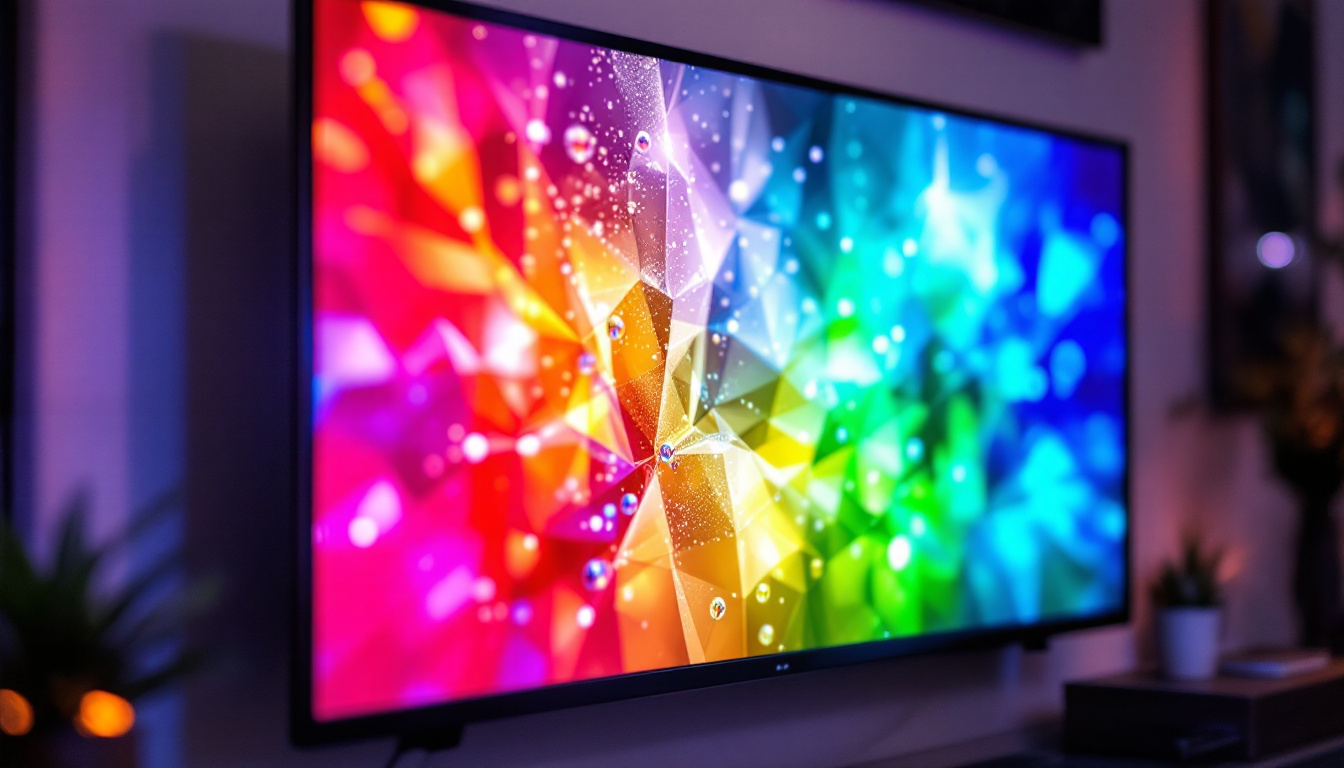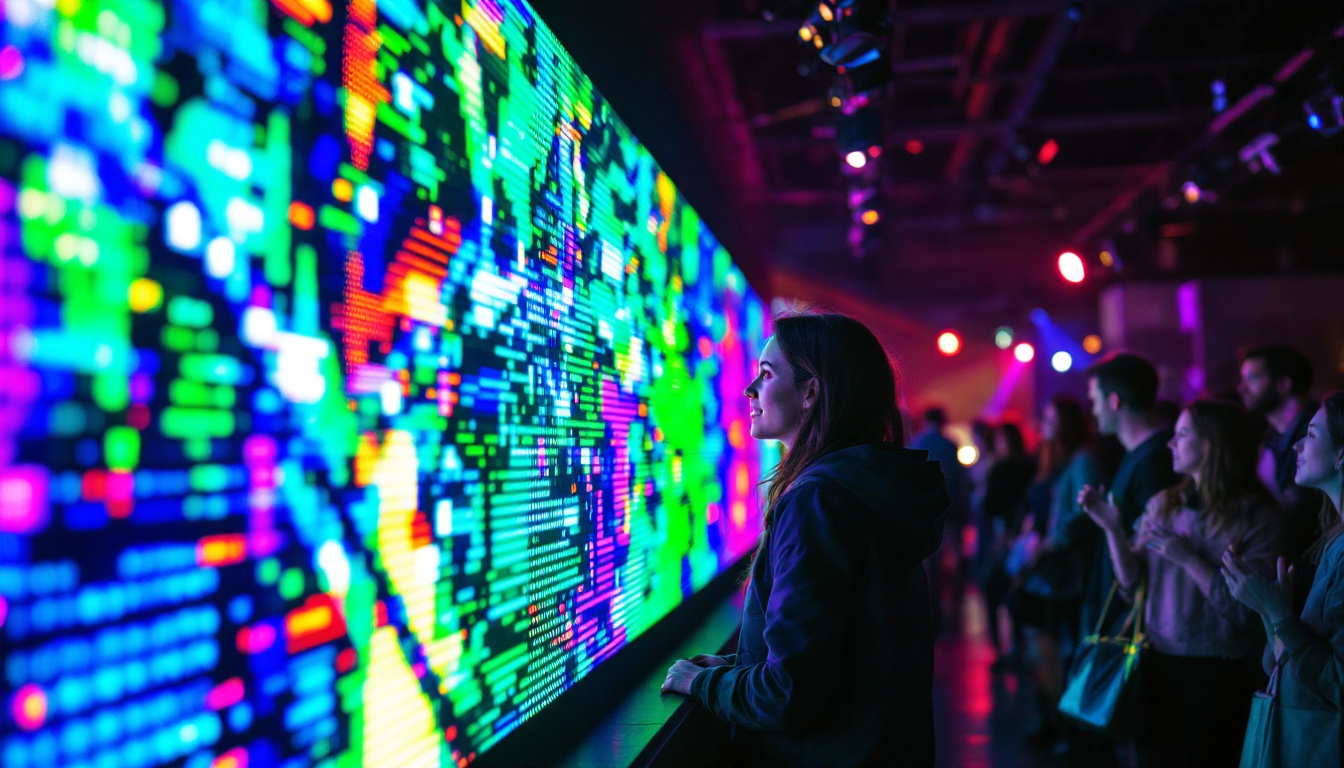In the realm of modern technology, the touch screen projector has emerged as a revolutionary tool, blending the functionalities of traditional projectors with the interactive capabilities of touch screen displays. This innovative device not only enhances presentations but also transforms classrooms, boardrooms, and entertainment spaces into interactive environments. This article delves into the intricacies of touch screen projectors, particularly focusing on LED display technology, its benefits, applications, and the future of interactive projection.
Understanding Touch Screen Projectors
Touch screen projectors are designed to project images and videos onto a surface while allowing users to interact with the content through touch. This capability makes them ideal for various applications, from educational settings to corporate environments. The integration of touch technology into projection systems has revolutionized how information is shared and consumed. In classrooms, for instance, teachers can engage students more effectively by allowing them to interact directly with the projected material, fostering a more dynamic learning environment. Similarly, in corporate settings, these projectors facilitate collaborative work by enabling teams to brainstorm and manipulate ideas in real time, enhancing productivity and creativity.
How Touch Screen Projectors Work
At the core of a touch screen projector is a combination of projection technology and touch sensing capabilities. Typically, these devices utilize LED technology for projection, which is known for its brightness, energy efficiency, and longevity. The touch functionality is often achieved through infrared or capacitive touch technology, allowing users to manipulate the projected image directly. This dual functionality not only enhances user engagement but also streamlines the process of presenting information, as users can navigate through slides or documents without needing a separate remote or mouse.
When a user interacts with the projected image, the touch screen projector detects the touch location and translates it into commands. This interaction can include tapping, swiping, and dragging, similar to how one would use a tablet or smartphone. The seamless integration of these technologies creates an intuitive user experience. Moreover, many models come equipped with advanced software that supports gesture recognition, enabling users to perform complex actions with simple hand movements, further enriching the interactive experience.
Advantages of LED Displays in Touch Screen Projectors
LED displays offer numerous advantages that enhance the performance of touch screen projectors. One of the most significant benefits is brightness. LED projectors produce vibrant colors and sharp images, making them suitable for various lighting conditions. This is particularly important in environments where ambient light cannot be controlled, such as classrooms or conference rooms. The ability to maintain clarity and color accuracy in bright settings ensures that presentations are effective and engaging, regardless of the time of day or the venue.
Additionally, LED technology is more energy-efficient compared to traditional lamp-based projectors. This efficiency not only reduces electricity costs but also extends the lifespan of the projector, making it a more sustainable choice in the long run. Furthermore, LED projectors have faster startup times, allowing users to begin their presentations without lengthy warm-up periods. This quick readiness is especially advantageous in fast-paced environments where time is of the essence, such as during conferences or workshops. As a result, organizations can maximize their productivity and minimize downtime, making LED touch screen projectors a smart investment for any tech-savvy business or educational institution.
Applications of Touch Screen Projectors
The versatility of touch screen projectors makes them applicable in a wide range of settings. From educational institutions to corporate offices, these devices are transforming how information is presented and interacted with.
Educational Settings
In classrooms, touch screen projectors facilitate interactive learning experiences. Teachers can project educational materials while engaging students through direct interaction with the content. This hands-on approach not only enhances understanding but also encourages collaboration among students.
For instance, students can work together on a projected math problem, manipulating figures and equations in real-time. Such interactive sessions promote critical thinking and problem-solving skills, making learning more engaging and effective.
Corporate Environments
In the corporate world, touch screen projectors are invaluable tools for presentations and meetings. They allow presenters to share information dynamically, enabling real-time collaboration and brainstorming sessions. Participants can annotate slides, highlight key points, and even navigate through data collaboratively.
This interactive format fosters a more engaging atmosphere, encouraging participation from all attendees. Additionally, the ability to save and share annotated presentations enhances productivity and ensures that important insights are captured for future reference.
Entertainment and Home Use
Touch screen projectors are also making waves in the entertainment sector. Home theaters equipped with these projectors offer an immersive viewing experience, allowing users to interact with content in innovative ways. Whether it’s gaming, movie watching, or interactive storytelling, the touch functionality adds a new layer of engagement.
Moreover, these projectors can be used for digital art displays, transforming walls into interactive canvases. Artists can showcase their work in a dynamic format, allowing viewers to explore and interact with the art in real-time.
Choosing the Right Touch Screen Projector
When selecting a touch screen projector, several factors should be considered to ensure that the device meets specific needs and requirements. Understanding these factors can help users make informed decisions and maximize the benefits of their investment.
Resolution and Brightness
One of the primary considerations when choosing a touch screen projector is resolution. Higher resolution projectors provide clearer and more detailed images, which is crucial for presentations that involve intricate graphics or small text. Full HD (1920×1080) or 4K (3840×2160) resolutions are recommended for professional settings.
Brightness is another essential factor, measured in lumens. A projector with higher lumens will perform better in well-lit environments. For educational and corporate settings, a brightness level of at least 3000 lumens is advisable to ensure visibility in various lighting conditions.
Touch Technology
The type of touch technology used in the projector can significantly impact user experience. Infrared touch technology, for instance, allows for multi-touch capabilities, enabling multiple users to interact with the projected content simultaneously. Capacitive touch technology, on the other hand, often provides a more responsive touch experience.
It is essential to evaluate the specific touch requirements based on the intended use. For collaborative environments, a projector that supports multi-touch interactions may be more beneficial.
Connectivity Options
Connectivity is a critical aspect of modern projectors. A good touch screen projector should offer multiple connectivity options, including HDMI, USB, and wireless capabilities. This versatility allows users to connect various devices such as laptops, tablets, and smartphones seamlessly.
Wireless connectivity, in particular, enhances convenience, allowing users to project content without the hassle of cables. Features like screen mirroring and casting can further streamline the presentation process.
Challenges and Considerations
While touch screen projectors offer numerous advantages, there are also challenges and considerations that potential users should be aware of. Understanding these aspects can help in making a well-rounded decision.
Cost Implications
Touch screen projectors, especially those utilizing advanced LED technology, can be more expensive than traditional projectors. The initial investment may be a barrier for some users, particularly in educational settings with limited budgets. However, it is essential to consider the long-term benefits and cost savings associated with energy efficiency and reduced maintenance.
Organizations should weigh the upfront costs against the potential for enhanced engagement and productivity. In many cases, the return on investment can justify the initial expenditure.
Maintenance and Durability
Like any electronic device, touch screen projectors require regular maintenance to ensure optimal performance. Dust accumulation on the lens or touch sensors can affect image quality and responsiveness. Regular cleaning and proper storage can mitigate these issues.
Additionally, users should consider the durability of the projector, especially in environments where it may be frequently moved or used. Investing in a projector with robust build quality can reduce the likelihood of damage and prolong its lifespan.
The Future of Touch Screen Projectors
The future of touch screen projectors looks promising, with ongoing advancements in technology poised to enhance their capabilities further. As LED technology continues to evolve, projectors are expected to become even more efficient, brighter, and capable of producing higher resolutions.
Integration with Augmented Reality
One of the most exciting prospects for touch screen projectors is their potential integration with augmented reality (AR). Combining projection technology with AR can create immersive experiences that blend the physical and digital worlds. This could revolutionize fields such as education, training, and entertainment.
Imagine a classroom where students can project 3D models of historical artifacts or scientific phenomena and interact with them in real-time. Such advancements could redefine how information is presented and understood.
Enhanced Interactivity
Future touch screen projectors may also feature enhanced interactivity, allowing for more complex gestures and commands. This could include voice recognition and gesture control, further streamlining user interactions. As technology progresses, the boundaries of what is possible with touch screen projectors will continue to expand.
Conclusion
Touch screen projectors represent a significant advancement in presentation technology, merging the capabilities of traditional projectors with the interactivity of touch screens. With the benefits of LED display technology, these devices are transforming educational, corporate, and entertainment environments, making information sharing more engaging and collaborative.
As the technology continues to evolve, the potential applications and enhancements are vast. Understanding the features, benefits, and challenges associated with touch screen projectors is essential for making informed decisions. With careful consideration and the right choice, organizations and individuals can harness the power of touch screen projectors to enhance communication and collaboration in various settings.
Discover Interactive LED Solutions with LumenMatrix
Ready to elevate your interactive experiences with the latest in LED technology? Look no further than LumenMatrix, a pioneer in crafting immersive LED display modules for every environment. Whether you’re looking to transform your educational space, energize your corporate presentations, or captivate your audience in entertainment settings, LumenMatrix has a solution tailored for you. From Indoor LED Walls to Custom Displays and Transparent Screens, our mission is to revolutionize your visual communication. Check out LumenMatrix LED Display Solutions today and step into the future of engagement and collaboration.

